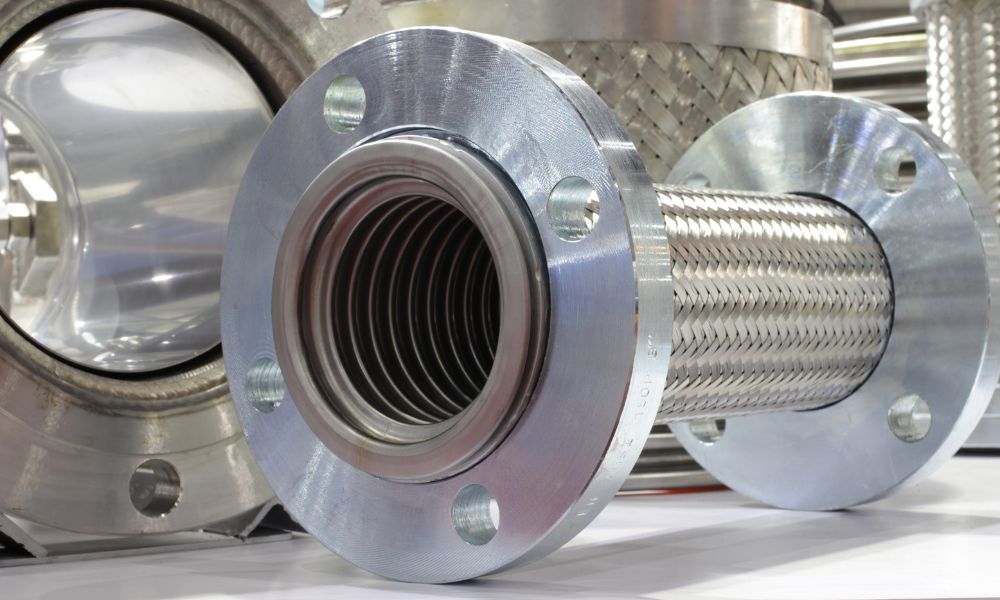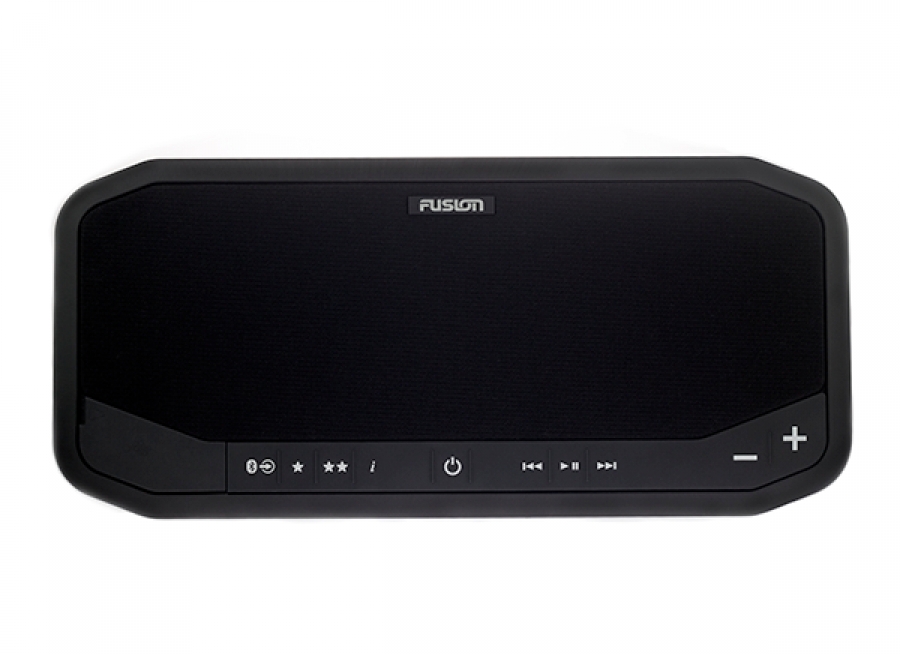What Is a Pipe Expansion Joint, and Why Do You Need One?

Imagine the following scenario: another day passes by, and the same pump experiences failure. Despite the repairs and alterations, it seems as if there isn’t a light at the end of the tunnel; the pump continues to experience vibration issues.
Upon further investigation, you notice that the pump isn’t the issue; it’s the vibrations from other materials within the system. What can you do? How can you prevent this movement? Consider introducing a pipe expansion joint!
But what is a pipe expansion joint, and why do you need one? In this article, you’ll focus on the component, why you should install one, and its different materials and applications.
What Are Pipe Expansion Joints?
In general, piping expansion joints are components within a pipe system that can reduce friction, heat, and pressure during thermal expansion and contraction. By absorbing these elements, the expansion joints can deter potential damages from occurring within a system.
Engineers typically see expansion joints come from two distinct materials: metal and rubber. Metal expansion joints can absorb heat well and can come in different shapes to customize to a piping system. They can also come in rubber, depending on the system’s needs.
While made from distinct materials, many claim that metal expansion joints are better than rubber due to their durability.
Why Are They Necessary?
As mentioned previously, pipe expansion joints absorb movement and vibrations during thermal expansion and contraction. But the benefits don’t stop there! These components can relieve system strain and stress, reduce mechanical noise, and compensate for misalignment concerns.
Expansion joints can also reduce pipe loads on system nozzles and eliminate electrolysis between metals.
Which Material Is Best for Pipe Expansion Joints?
The best material for pipe expansion joints depends on the system because each material covers a variety of applications. For example, metal expansion joints can absorb higher temperatures that cause stress on the pipe.
You can typically use rubber options in systems that don’t get too hot, but its primary focus is minimizing friction from vibration. Rubber also does a solid job of minimizing the transfer of noise.
The braided steel hose has a primary attribute of being flexible but tough in high-pressure situations. Think of piping systems that go through high surges of pressure; a braided steel hose expansion joint would do well here.
Pipe expansion joints are multi-functional mechanical devices that extend the life of a pipe system. You need one to mitigate dimension changes caused by drastic temperature occurrences in hot applications.





